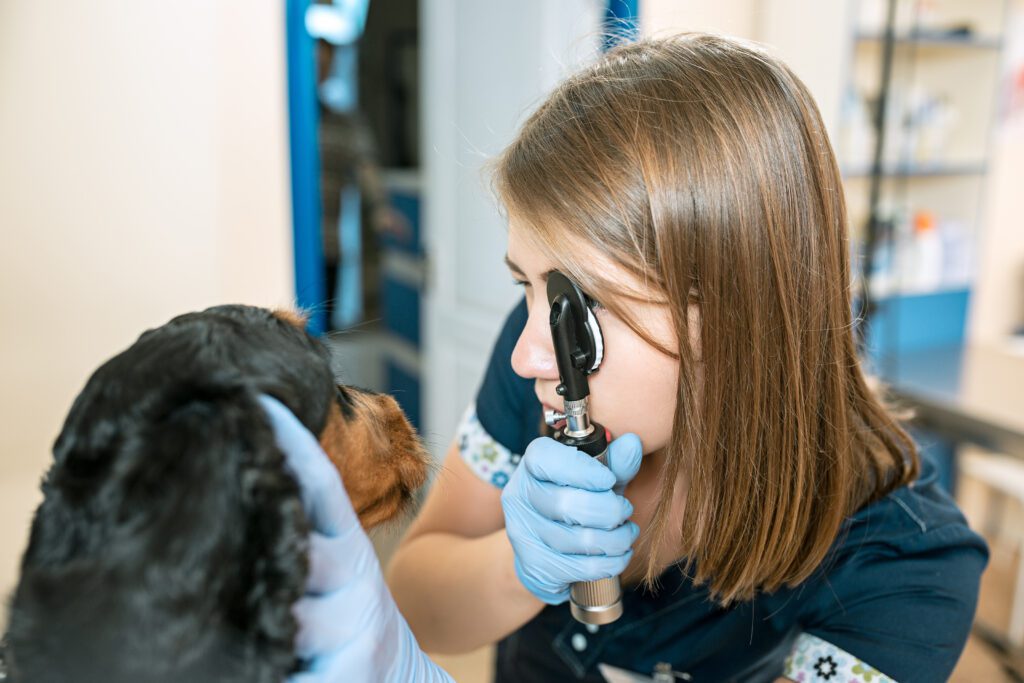Shield Their Sight: Strategies to Prevent Eye Trauma in Animals

Strategies to Prevent Eye Trauma in Animals
Safeguarding our pets’ sight is a responsibility that all pet owners must shoulder. Our furry, feathered, or scaled friends rely on their vision to explore, play, and interact with their environment. In this post, we’ll delve into what eye trauma is, its common causes, symptoms, and how to prevent it in household pets like dogs, cats, and birds.
Understanding Eye Trauma
Eye trauma refers to any injury to the eye. It can be as mild as a superficial scratch to the cornea or as severe as a penetrating wound. Common causes include fights with other animals, accidents involving sharp objects, or exposure to irritating substances.
Recognizing the Signs
Early detection of eye trauma can make a significant difference in your pet’s prognosis. Symptoms may include excessive blinking, redness, swelling, discharge, or an obvious physical injury. Pets may also display behavioral changes such as reluctance to open their eyes, pawing at their face, or decreased activity levels. If you notice these signs, seek immediate veterinary attention.
Prevention Strategies
Preventing eye trauma involves a multi-faceted approach:
Keep Hazards Out of Reach
Pets are naturally curious, and they often explore using their faces. Keep sharp objects, small toys, and toxic substances out of their reach.
Regular Grooming
Long-haired breeds may suffer eye irritation from hair rubbing against the eye. Regular grooming can prevent this issue by keeping the hair around their eyes short and clean.
Protective Gear
If your pet accompanies you on outdoor adventures or has a pre-existing eye condition, consider investing in protective eyewear designed for animals. These can shield their eyes from wind, debris, and harmful UV rays.
Regular Checkups
Routine veterinary eye exams can detect early signs of eye issues, allowing for prompt treatment and potentially preventing serious injuries.
Handling Eye Traumas in Dogs, Cats, and Birds
While the specifics may vary depending on the species, the general approach to handling eye traumas remains the same: keep them calm, avoid touching the injured eye, and seek immediate veterinary care. Never attempt to treat serious eye injuries at home – your vet has the knowledge and tools necessary to handle these delicate situations.
In conclusion, as pet owners, we play a crucial role in preserving our pets’ sight. By understanding the causes and symptoms of eye trauma and employing preventative measures, we can help shield their sight and ensure they lead happy, healthy lives. Remember, this guide is for informational purposes only. Consult with a professional veterinarian for accurate information.
Feel Free to give us a call at 314-966-2111
